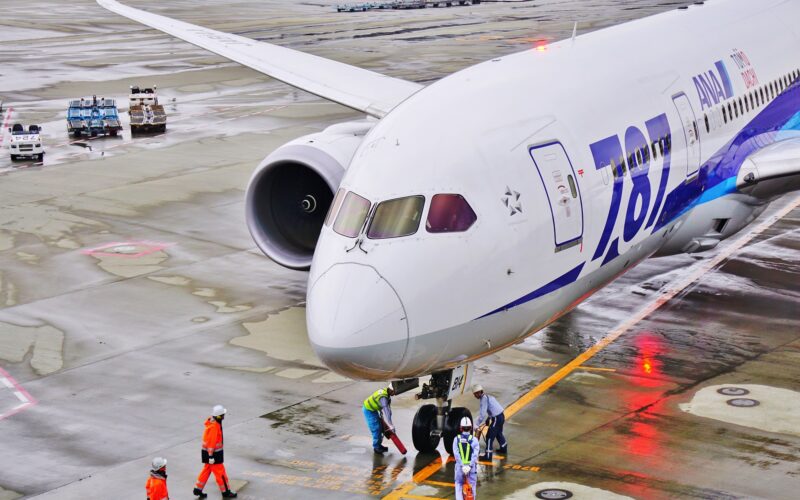The Federal Aviation Administration (FAA) has proposed an Airworthiness Directive (AD) that would address potential water pressure loss and subsequent leaks onto critical flight equipment on the Boeing 787 Dreamliner.
The FAA issued the Notice of Proposed Rulemaking (NPRM) on December 13, 2022, allowing relevant parties to submit comments regarding the issue until January 27, 2023.
According to the document, the administration was forced to act following reports ‘of a loss of water pressure during flight and water leaks that affected multiple pieces of electronic equipment’.
Water leaks on the 787
While the FAA is still inviting data, comments or arguments regarding the proposal, it has indicated that at least 134 Boeing 787s registered in the US would be affected by a finalized AD.
However, airlines that operate the affected aircraft would have to conduct a detailed visual inspection ‘of all door 1 and door 3 lavatory and galley potable water systems for any missing or incorrectly installed clamshell couplings and applicable on-condition actions’.
Per the regulator, two operators using the Dreamliner reported water leaks. One indicated that the leak was significant due to a loose potable water system hose that was caused by an incorrectly installed clamshell coupling within the lavatory. The other stated that a water leak was caused by ‘a detached clamshell coupling below the Door 1 forward center galley countertop adjacent to the gray water interface valve (GWIV) maintenance access compartment’.
‘The findings include a loss of water pressure during flight and a potable water system leak, discovered after landing, that caused water to migrate into the forward electronic equipment (EE) bay and affect multiple pieces of electronic equipment,’ according to the FAA’s document. Furthermore, the aircraft lost water pressure while in flight.
The failure to use and correctly install the relevant couplings could ‘result in water leaks and water migration to critical flight equipment, which may affect the continued safe flight and landing of the airplane,’ the FAA concluded.
Overall, the administration calculated that a detailed visual inspection (DVI) of the 134 Boeing 787s, per lavatory or galley, would cost airlines $85 in a single hour of labor. The total cost for all affected aircraft is calculated to be $11,390 for US-based carriers.

